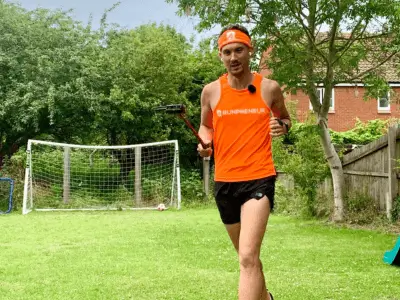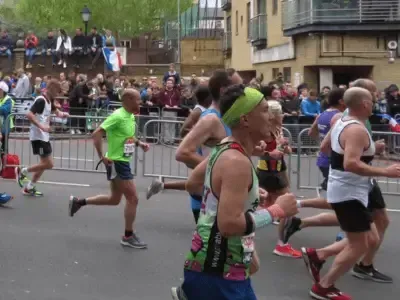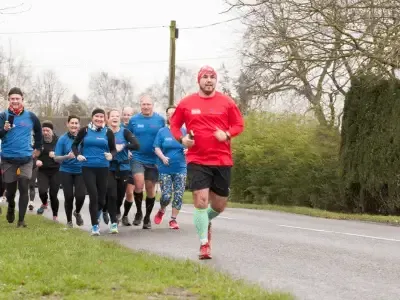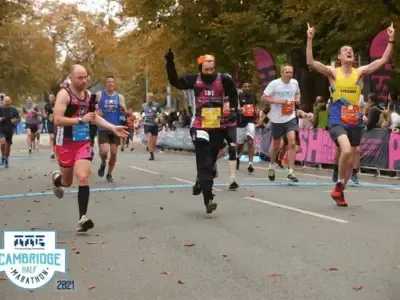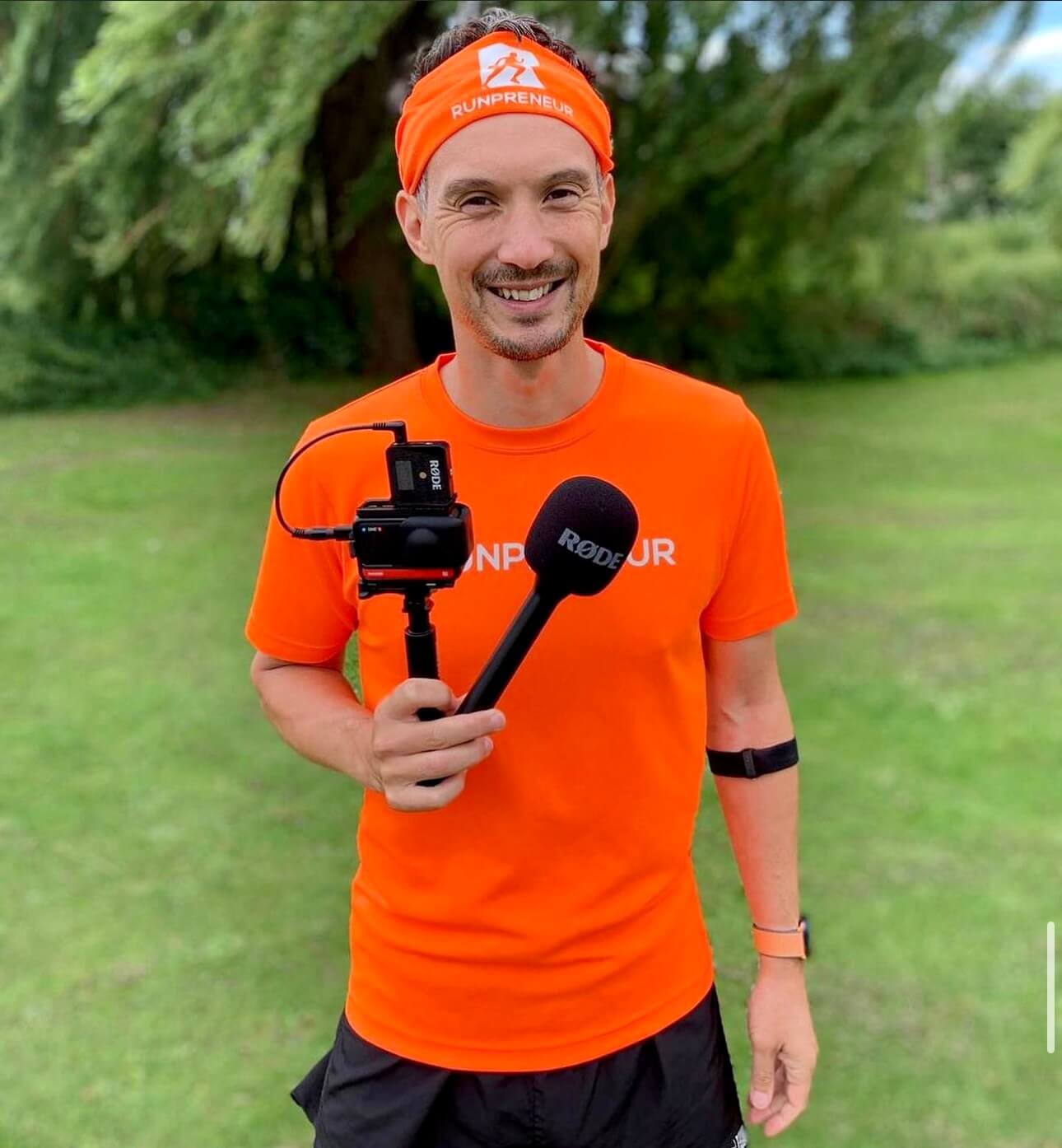Navigating the Post-Marathon Recovery Curve: My Personal Journey
Hello, runners and endurance enthusiasts! Today, I'm delving into the complexities of post-marathon recovery, a process that’s equally challenging and rewarding as the marathon itself. If you're an endurance runner or are considering joining this incredible community, this insight is specifically for you.
On consecutive day 1,585 of my running journey, I recently faced a particularly gruelling test: the Loch Ness Marathon. Despite being no stranger to marathons, this one was exceptionally challenging due to an injury that began niggling me around mile 7, ultimately turning into sheer agony by the halfway mark. I had no choice but to limp the second half of the marathon, pushing myself far beyond my usual limits.
Such experiences underscore the critical importance of understanding the post-marathon recovery curve. Even seasoned runners like myself, who have participated in countless marathons and ultra-marathons, need to heed our bodies' cries for rest and repair.
Now, let’s break down what I mean by the post-marathon recovery curve. When you undertake an extreme exercise like running a marathon, the intense exertion tears your muscles. These minute tears lead to the soreness we often feel post-race. Your muscles need time to mend, which they do by growing slightly larger and stronger.
After the marathon, you'll often find mobility difficult and soreness at an extreme level. It's essential to keep moving, even if it's just standing up intermittently. Remaining stationary can cause your muscles to stiffen, making movement even more painful. Moving allows oxygenated blood to flow through your muscles, aiding in recovery.
The day immediately following the marathon typically comes with stiffness, although it’s manageable. For me, running the day after was uncomfortable. My usual 5-minute kilometre pace dropped dramatically to around 6 to 6:30 minutes per kilometre. However, this slow run was enough to get the blood flowing through my fatigued muscles.
Interestingly, two days post-marathon, my stiffness intensified, likely due to the added exertion from running the day after. This pattern shows a slight recovery followed by a peak in soreness before a gradual return to normality. By the third day, my pace improved to around 5 minutes per kilometre, with about 75% of my mobility restored. I anticipate a near-complete recovery within five days.
It's worth noting that while my recovery curve is built on my personal fitness base and extensive experience, everyone's curve looks somewhat similar. Generally, on the day after, you might regain 20-25% of your function, potentially dropping to 10-15% the second day, especially if you’ve kept active. By day three, you could see a significant improvement, climbing to around 75%, continuing to improve toward normality within a week. However, should you feel lingering effects beyond a week or two, it might be wise to seek physiotherapy.
For the average runner, the best course of action post-marathon is ample rest and gentle walks. Advanced runners may incorporate very slow recovery runs between two and five days post-race, keeping in mind to avoid overexertion, which could hinder recovery.
Reflecting on my own journey, despite the additional challenge of consecutive day running, my recovery usually falls within a three to five-day span. By day three this time, although I was still a bit slower and sore, I felt optimistic about my recovery trajectory.
In conclusion, while the post-marathon recovery curve varies among individuals based on their fitness levels and experience, the general pattern remains relatively consistent. If you're new to this, rest up and take it slow. Advanced runners can benefit from carefully timed recovery runs. Remember, understanding and respecting the recovery curve is crucial to getting back on your feet and ready for the next challenge.
As always, if you believe in my mission of saving the lives of children by attempting to run the ultimate ultramarathon lap of the world barefoot, do give this a subscribed, share, like, and comment. The more people we reach, the more lives we save.
Stay positive, stay happy, and see you on the next run!
Kevin Brittain

